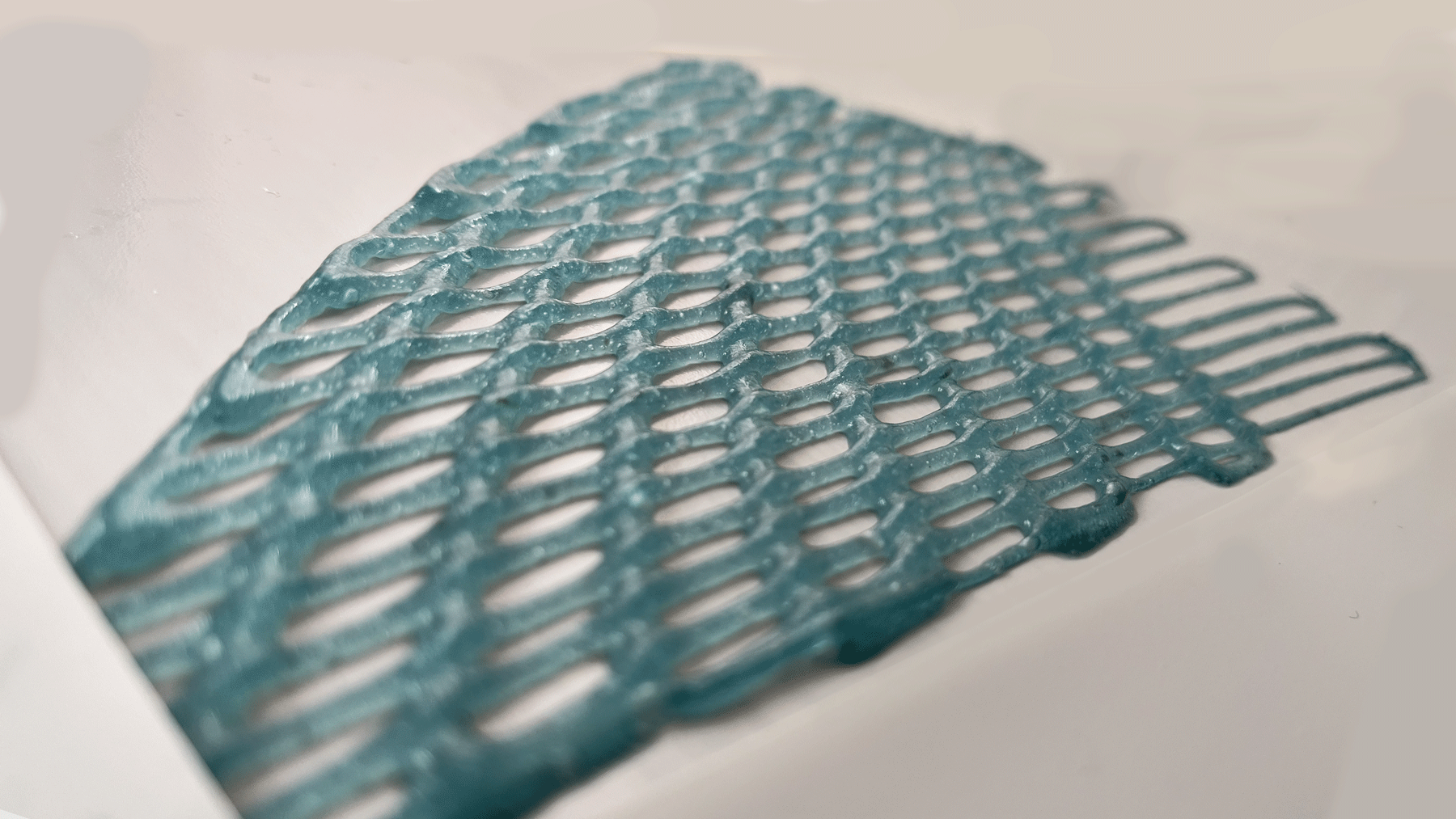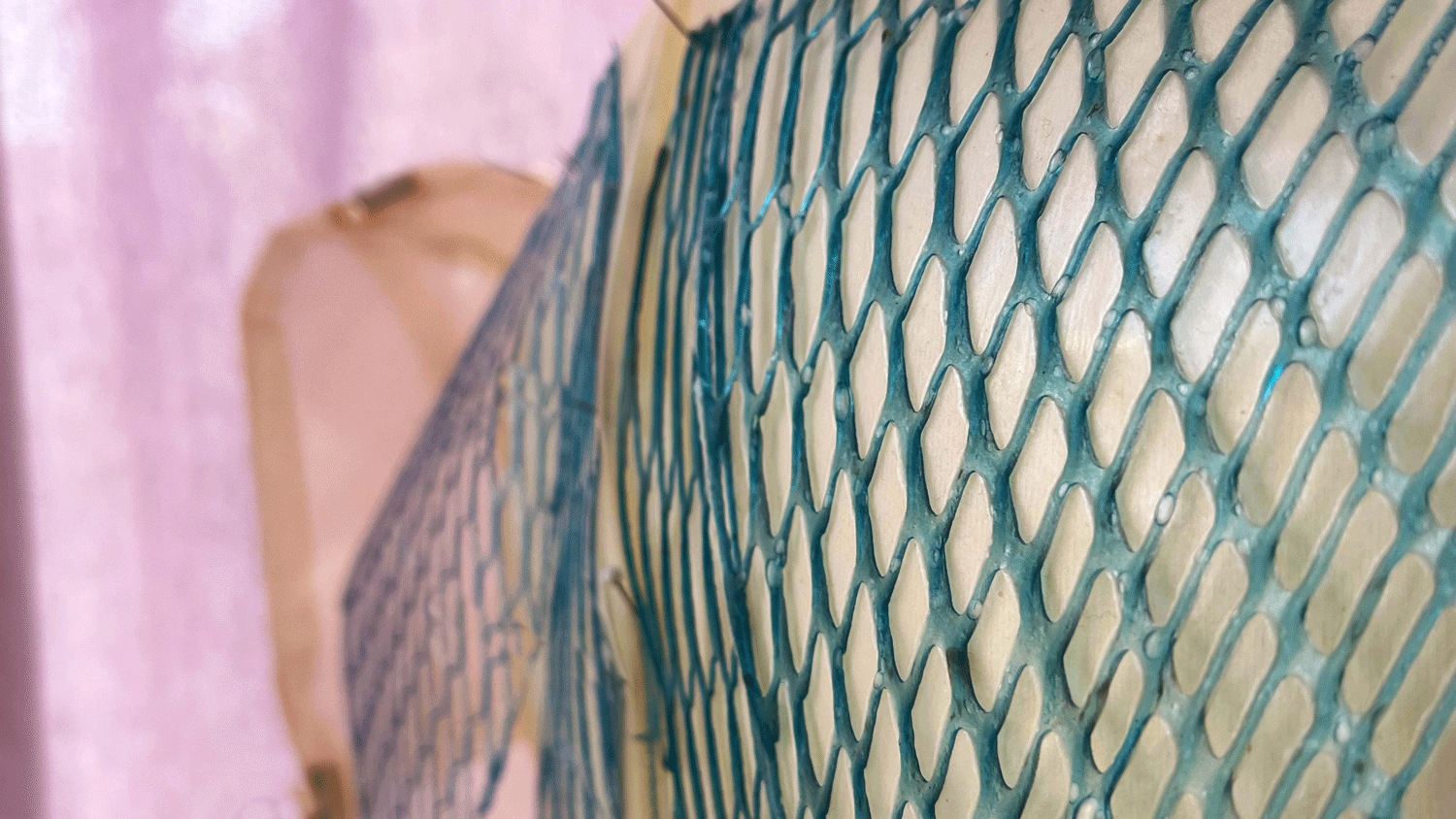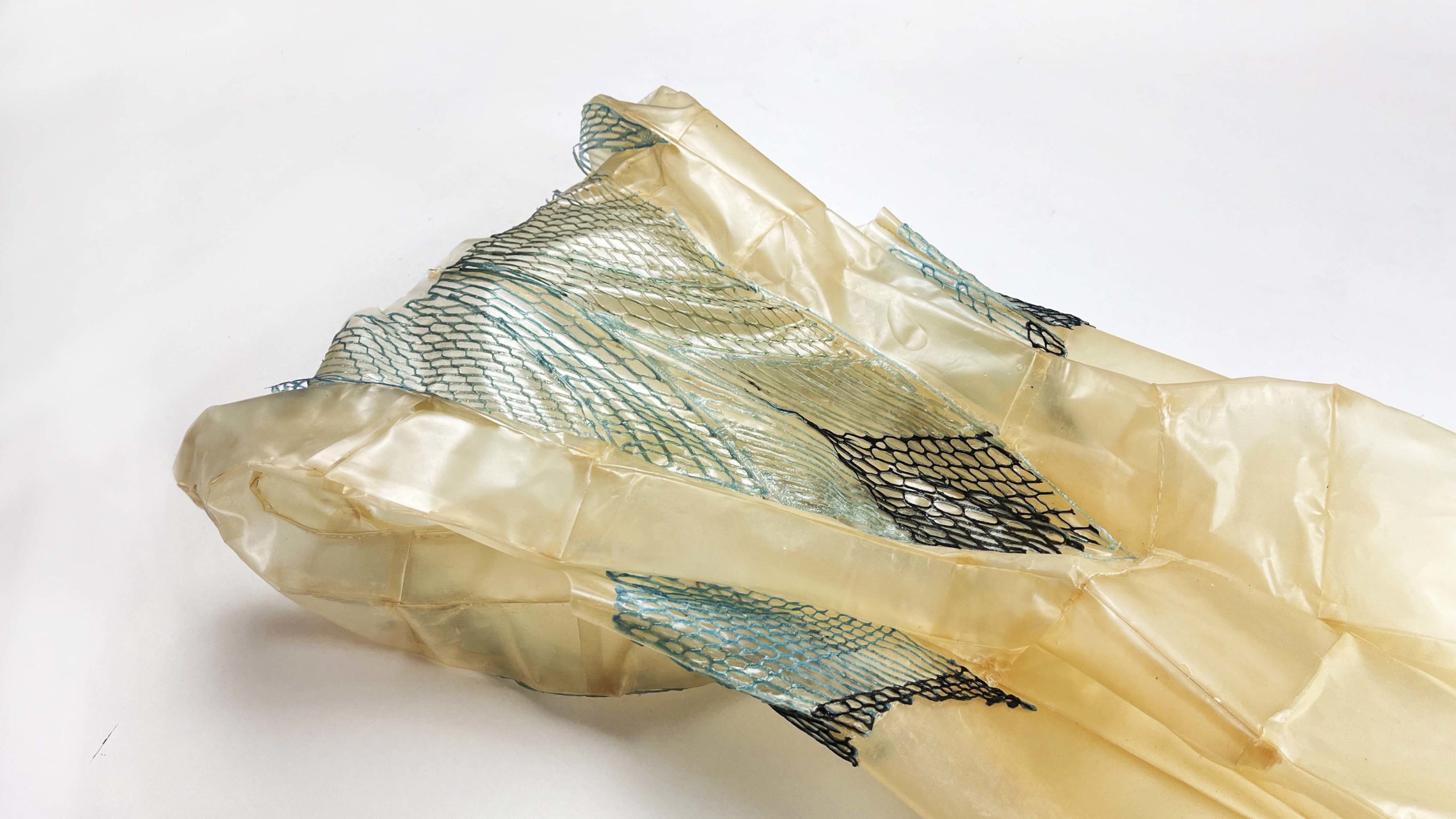TRINITY
Year: 2024
Exhibition:
Intending to harness the potential of bio-based materials, we have adopted a computational design approach to enhance their properties without compromising the biodegradability and product function.
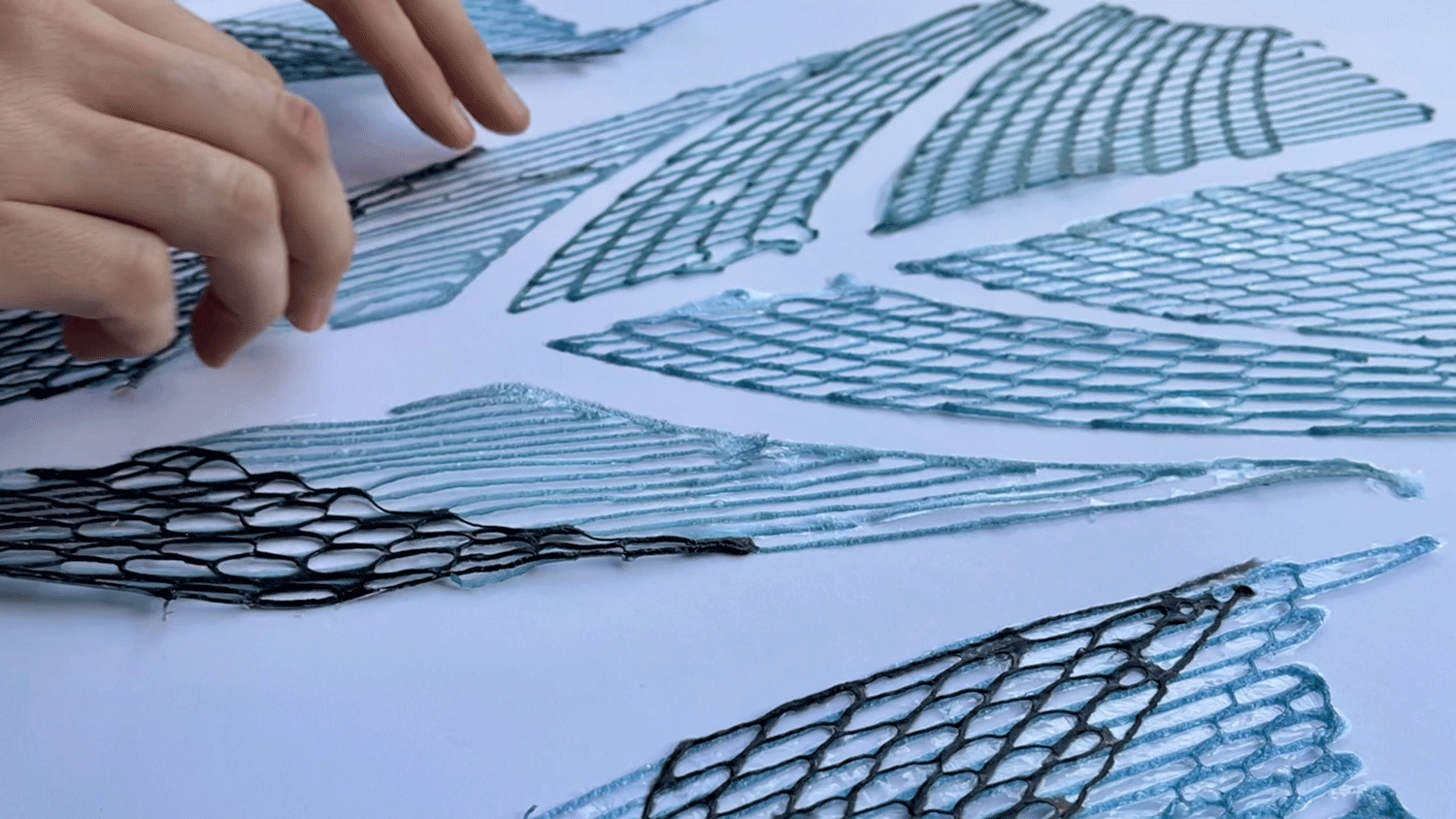
The project Trinity Dress introduces a new methodology based on “programmable” polymers in the textile design process, merging three technologies such as computational design, additive manufacturing, and Bio-matter.
Through computational design tools, it is possible to tune product surface requirements into polymer’s properties, such as flexibility, stiffness, waterproofing, or thermal isolation, generating intelligent surfaces that fulfill structural functions to overcome the vulnerabilities, often associated with these materials over prolonged usage.
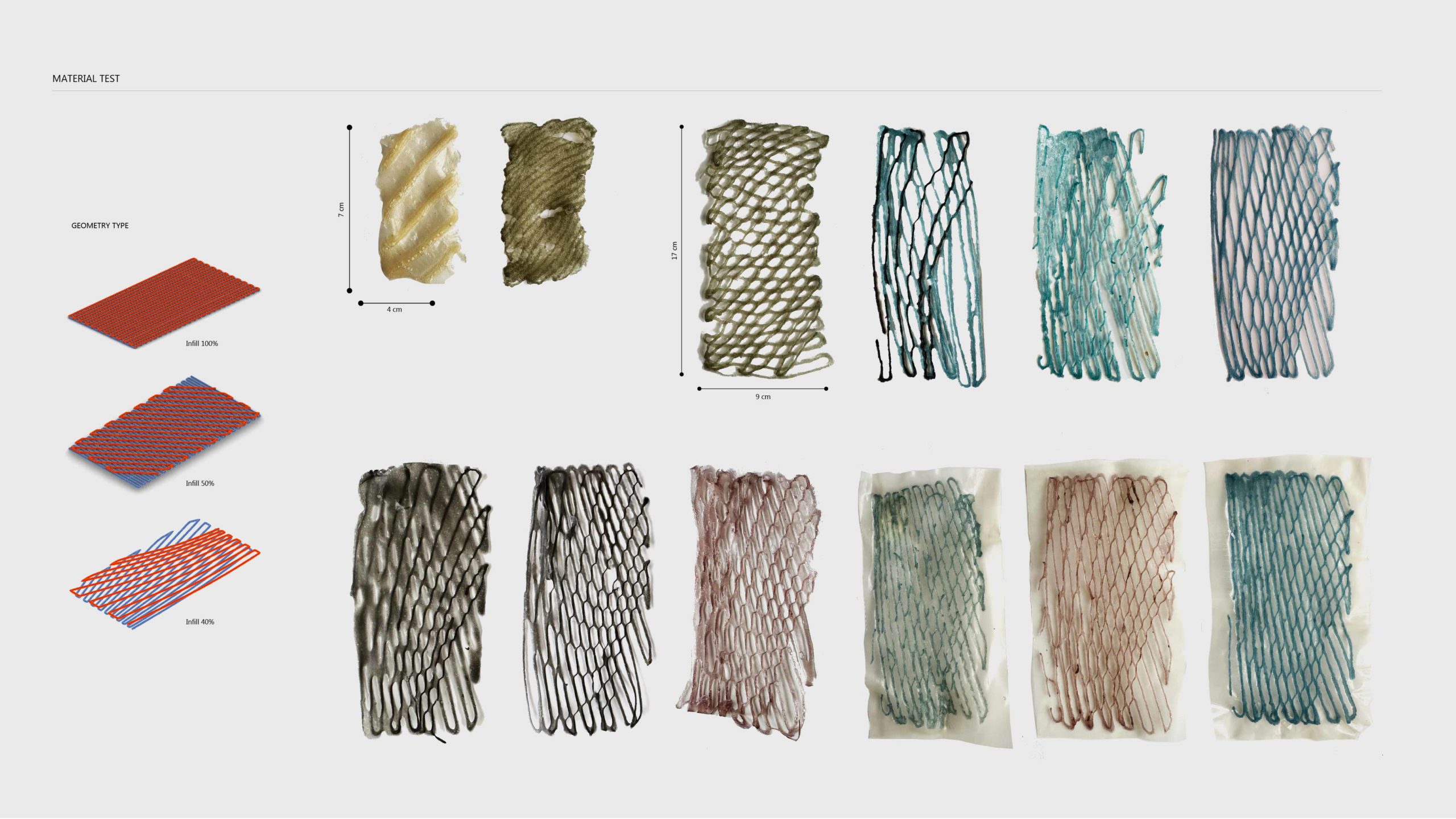
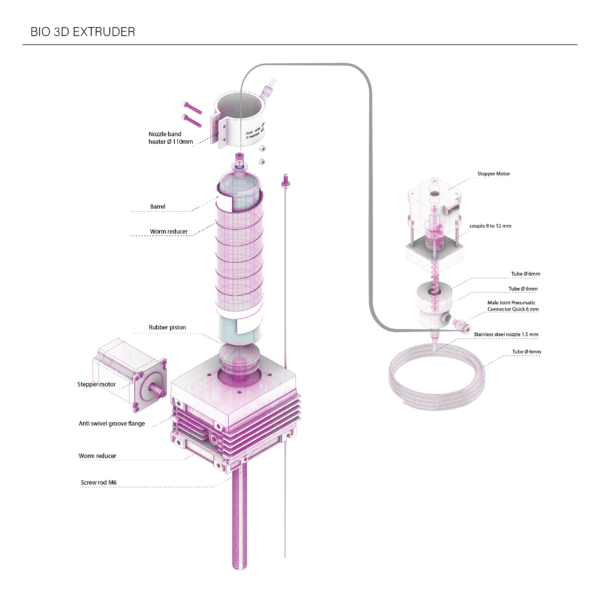
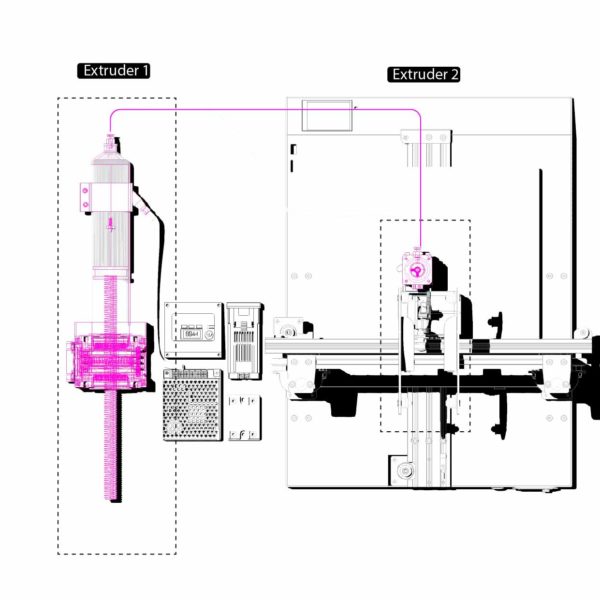
To manage control over the material behaviors, we use an additive manufacturing machine, with the addition of a paste extruder, which allows us to control the bio-material deposition. From a limited natural molecular composition, protein, and glycerin, by controlling the deposition we created a multilayer structure surface with a wide range of properties.
With Project Trinity Dress we want to enhance weak bio-based composition into resistance materials to implement their use in the textile industry.
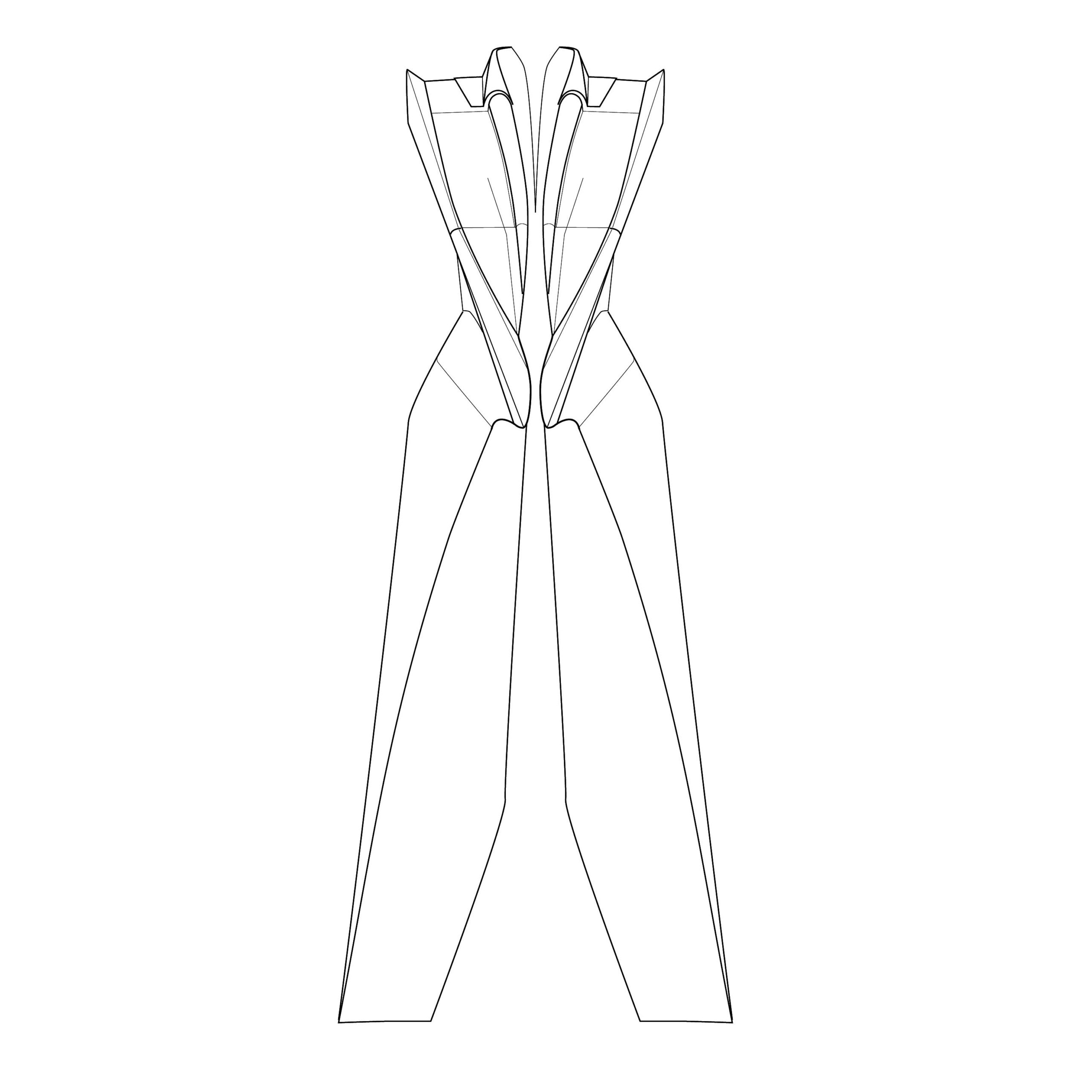
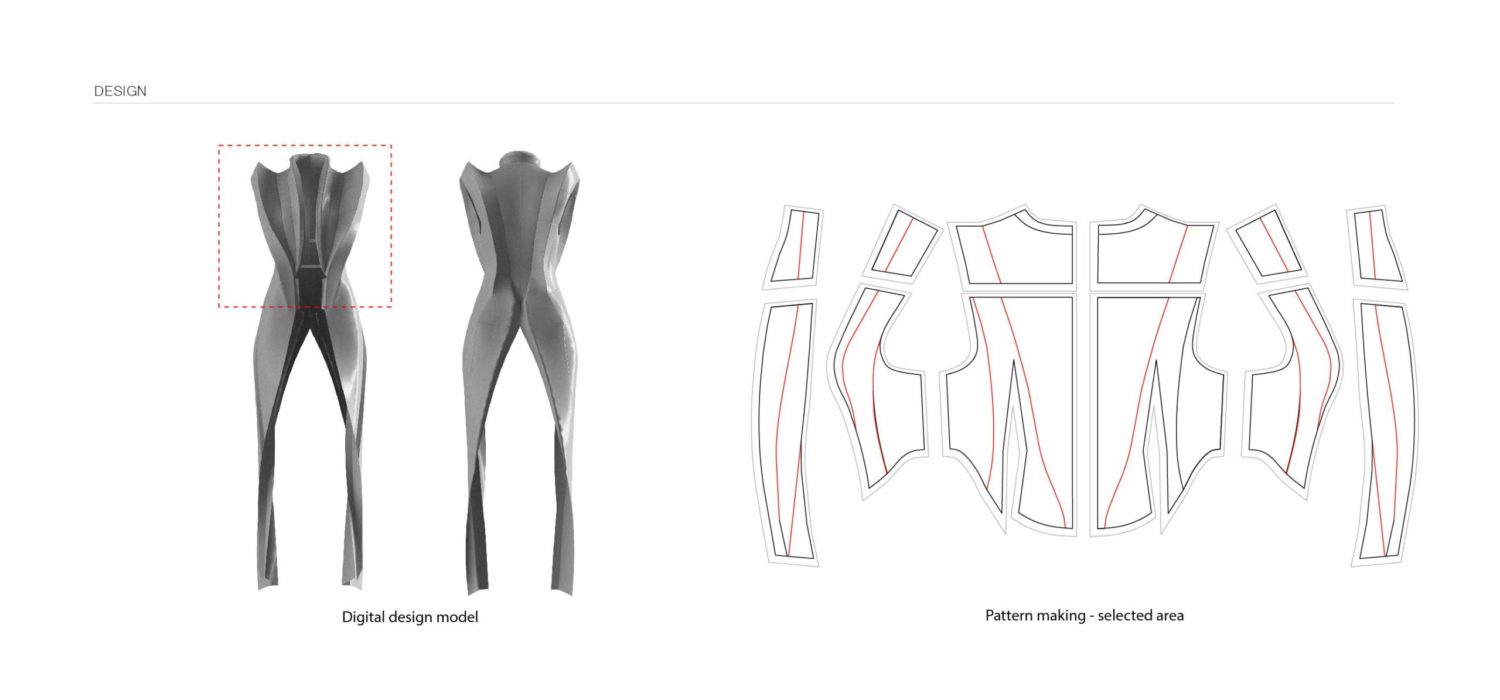

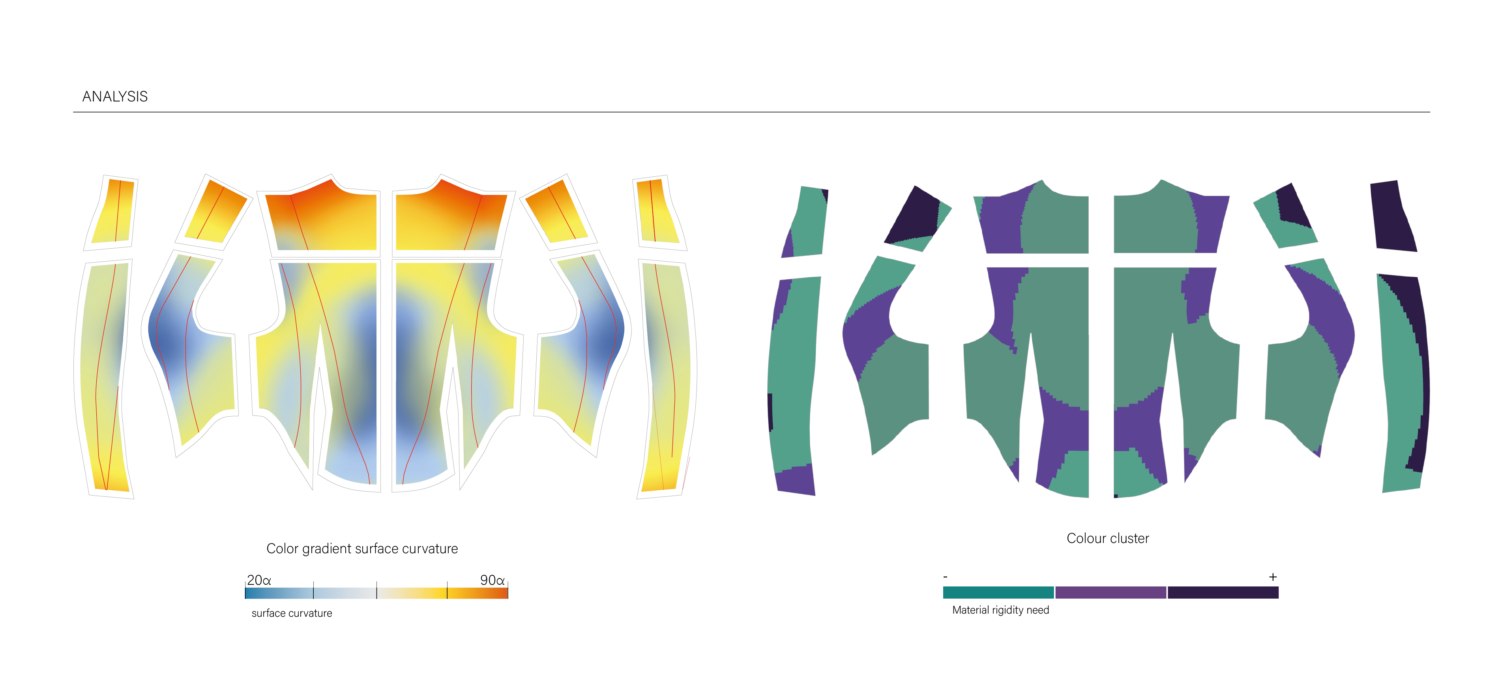
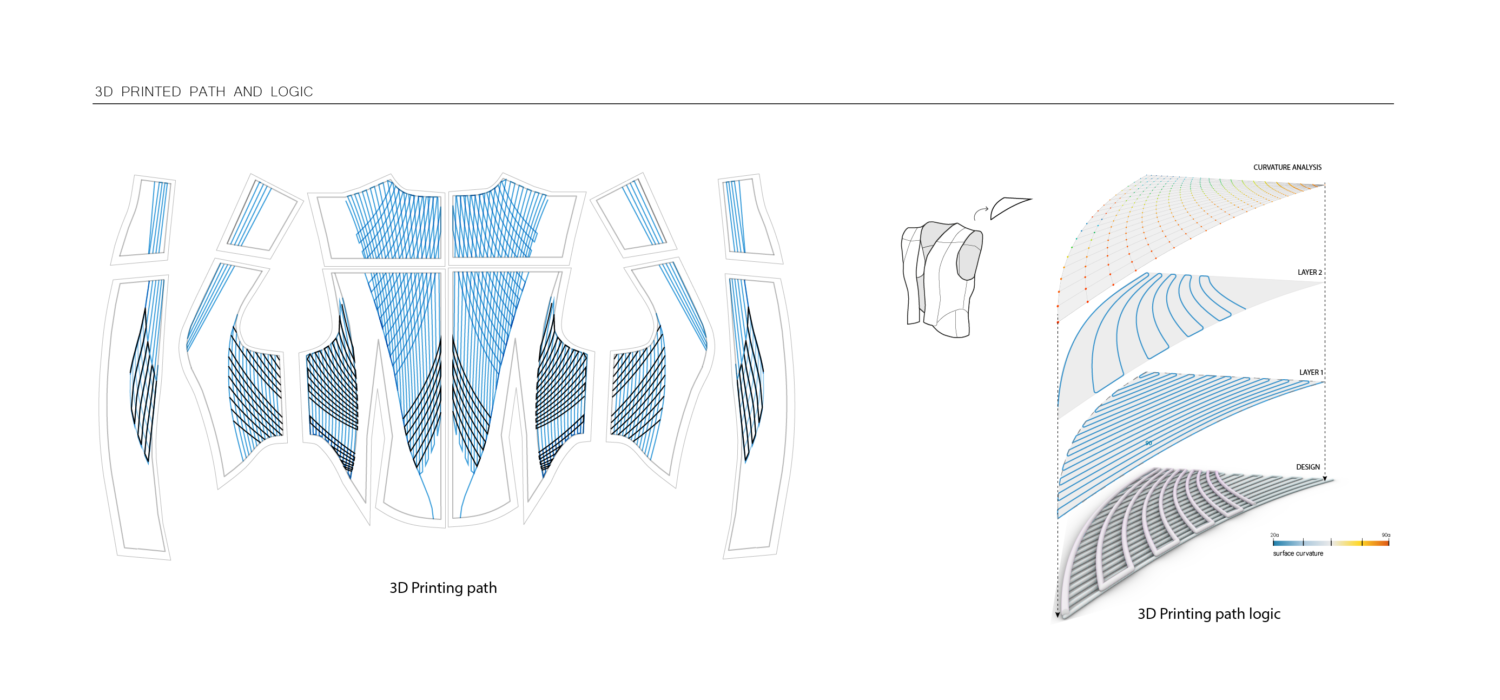
With Project Trinity Dress we want to enhance weak bio-based composition into resistance materials to implement their use.
